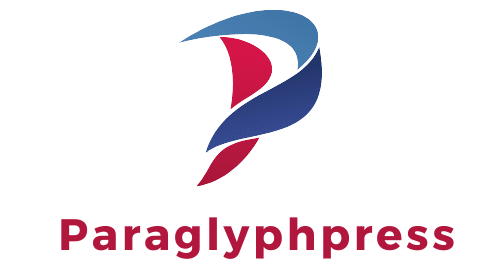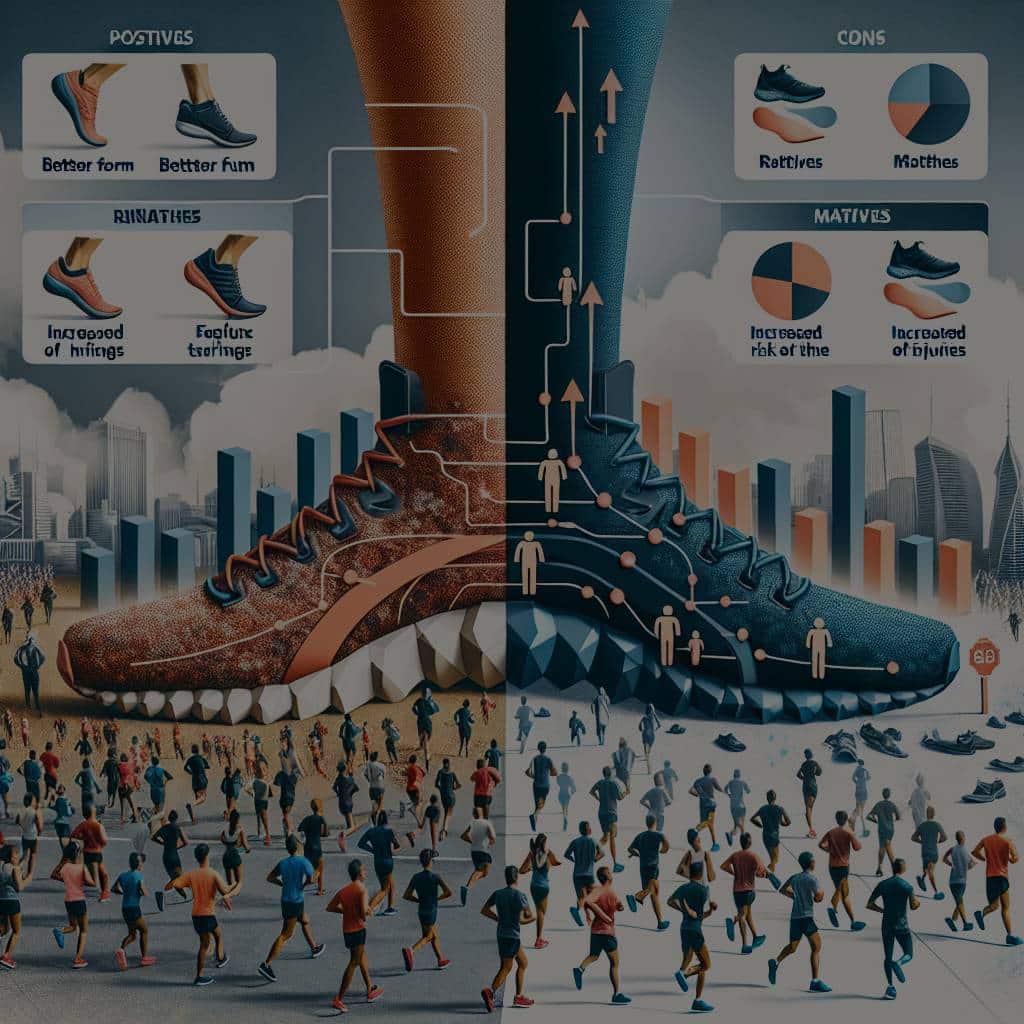You’ve probably come across the term “minimalist running shoes” in recent years. The buzz around these shoes has grown significantly, especially among marathon runners. For those who are unfamiliar, minimalist running shoes are designed to mimic the natural movement of running barefoot. They are lightweight, flexible, and have a low heel-to-toe drop. But as with any product, they have their pros and cons. This article explores the advantages and drawbacks of using minimalist running shoes for marathon training.
Understanding the Concept of Minimalist Running Shoes
Before we delve into the specifics of minimalist running shoes, it’s essential to understand what sets them apart from traditional running footwear. The primary difference lies in the heel-to-toe drop. In traditional running shoes, the heel is elevated, forcing the runner to land on the heel first, known as a heel strike. Minimalist shoes, on the other hand, encourage a forefoot or midfoot strike, where the ball of the foot makes contact with the ground first.
Additional reading : How do Biathlon Competitors Train to Manage Heart Rate and Shooting Accuracy?
Minimalist running shoes are designed to replicate the experience of running barefoot, allowing your feet to move naturally. They have a low drop, which means there’s little height difference between the heel and the forefoot. The thin sole provides a close-to-the-ground feel, and the wide toe box allows your toes to spread out. The design might differ among brands, but Altra is a popular name in the minimalist shoe market due to its focus on natural foot shape and zero drop design.
The Benefits of Minimalist Running Shoes for Marathon Training
There are several benefits to incorporating minimalist running shoes into your marathon training. First and foremost, they can help improve your running form. By promoting a forefoot or midfoot strike, these shoes can reduce the impact on your joints and potentially lower the risk of injury over time.
Also to read : What Are the Best Strength Training Exercises for Amateur Boxers to Increase Punch Power?
In addition, the lightweight design can make running feel more effortless, which can be a significant advantage in long-distance running. The less your shoes weigh, the less energy you expend lifting your feet off the ground. Furthermore, the thin sole allows for better ground feel, which can improve your balance and proprioception – knowing where your feet are in relation to the rest of your body and the ground.
Another potential benefit of minimalist running shoes is increased foot strength. Traditional running shoes often come with a lot of cushioning and support, which can lead to weaker foot muscles. In contrast, minimalist shoes allow your foot to work harder, which can help strengthen your feet over time.
The Drawbacks of Minimalist Running Shoes for Marathon Training
Despite the potential benefits, minimalist running shoes also have their drawbacks. The main concern is the risk of injury. If you’re used to running in traditional shoes with a high drop and switch suddenly to minimalist shoes, you could experience foot and calf pain. This is because you’re using muscles in your feet and lower legs that haven’t been worked as hard before.
It’s also worth noting that minimalist shoes typically offer less protection from the ground. If you’re running on rough terrain or stepping on sharp objects, minimalist shoes might not provide enough cushioning or protection.
Another potential drawback is the transition time. It can take a while to adjust to minimalist shoes, especially if you’ve been running in traditional shoes for a long time. You might need to alter your running form, which could take time and possibly slow down your training progress.
How to Transition to Minimalist Running Shoes Safely
If you’re considering incorporating minimalist running shoes into your marathon training, it’s crucial to do so gradually. Your feet and lower legs will need time to adjust to the new movement patterns and increased workload.
Start by wearing the minimalist shoes for short, easy runs and gradually increase the distance as your body adapts. Listen to your body and back off if you start to feel discomfort. Remember, the goal is not to switch entirely to minimalist shoes, but to incorporate them into your training as another tool to improve your running efficiency and reduce the risk of injury.
The Verdict: Are Minimalist Shoes Right for Your Marathon Training?
The decision to use minimalist running shoes for marathon training should be based on your personal running style, foot structure, biomechanics, and injury history. While they can provide certain benefits such as improved running form and increased foot strength, they also come with potential drawbacks like a risk of injury and a longer transition period.
If you’re considering making the switch, it’s highly recommended to do so gradually and under the guidance of a running coach or a biomechanics expert. And always remember, no shoe can replace proper training and conditioning – these are the true keys to a successful marathon.
Considerations When Choosing Minimalist Running Shoes
When selecting minimalist running shoes, several factors are worth considering. First, ensure to choose a shoe that fits your foot shape well. Good minimalist shoes offer a wide toe box to allow your toes to spread and move naturally. They should also have a thin, flexible sole that offers good ground feel, allowing you to feel the terrain under your feet. This enhances your running economy, meaning you’ll be able to run more efficiently.
Ensure the shoe has a low or zero heel-to-toe drop. This means the height of the shoe’s sole is nearly the same at the heel and forefoot, promoting a mid-foot or forefoot strike. Consider the material of the shoe. It should be lightweight, breathable, and durable to endure the rigors of long-distance running.
Reviews from other users on websites or Google scholar can provide valuable insights into the shoes’ performance. Studies published on PubMed Google can offer scientific perspectives on the benefits and drawbacks of running in minimalist shoes. Remember, what works for one runner may not necessarily work for another, so it’s crucial to take your time and find a pair that suits your specific needs and preferences.
Incorporating Barefoot Running into Your Training
Barefoot running is another aspect that can complement your marathon training alongside minimalist footwear. After all, the concept of minimalist shoes stems from the practice of barefoot running. This technique allows your feet to land in a more natural position, potentially improving your balance and proprioception, and reducing the risk of injury.
If you’re new to barefoot running, it’s essential to start slowly. Begin by running barefoot on grass or a soft surface for a few minutes at a time. Gradually increase the duration as your feet build strength and adapt to the new running style.
Just like transitioning to minimalist shoes, it’s important to listen to your body when introducing barefoot running into your routine. Stop or decrease your barefoot running if you feel discomfort, and always prioritize good running form over speed or distance.
Conclusion: Balancing Traditional Running with Minimalist Practices
Minimalist running shoes and barefoot running can offer several benefits for marathon training, including improved running form, increased foot strength, and better running economy. However, they also pose potential risks such as foot and calf injuries, especially if the transition is too abrupt.
The key is to balance your use of traditional running shoes with minimalist practices. Incorporate minimalist shoes and barefoot running gradually into your routine, giving your body time to adjust and adapt. Seek guidance from a running coach or biomechanics expert to ensure a safe and effective transition.
Remember, shoes are just one aspect of marathon training. Proper conditioning, good nutrition, adequate rest, and mental preparation are equally, if not more, important. Whether you choose to run in minimalist shoes, traditional shoes, or barefoot, the most important thing is to choose what makes you comfortable and enhances your performance. After all, the primary goal is to cross the finish line and enjoy the journey that leads you there.






